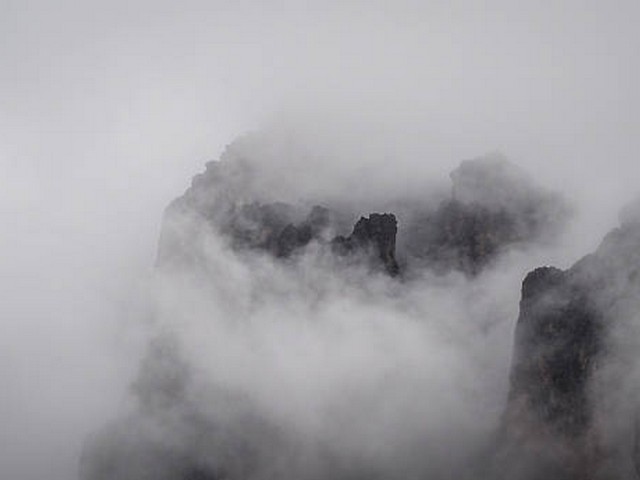Kilimanjaro Trekking Solo Vs With A Partner: Pros And Cons
Introduction: The Majestic Call of Kilimanjaro
Mount Kilimanjaro, a beacon for adventurers worldwide, offers a trekking experience that is nothing short of transformative. The allure of conquering the highest peak in Africa draws numerous souls each year, each faced with a pivotal decision: to embark on this journey alone or with a partner. Here at the Kilimanjaro Centre for Trekking and Ecotourism (KCTE), we understand that the choice between solo and partnered trekking shapes not only your adventure but also the memories you’ll carry home. This blog post explores both options in-depth, helping you make an informed decision that enhances your Kilimanjaro experience.
Kilimanjaro Trekking Solo: The Path Less Traveled
The Freedom of Solitude
Trekking Kilimanjaro solo is an unmatched opportunity for personal reflection and growth. The solitude allows you to trek at your own pace, meditate on personal goals, and immerse yourself entirely in the tranquility of nature. It’s a journey that many find liberating, offering ample space for introspection and self-discovery.
Challenges of Going Solo
However, the solo trek comes with its set of challenges. Firstly, you must be prepared to handle all emotional and physical challenges without immediate support from a companion. Additionally, the cost can be higher for solo trekkers, as you will not be sharing expenses like accommodation or guide services.
Trekking with a Partner: Shared Paths, Shared Memories
Enhanced Safety and Support
Embarking on a Kilimanjaro climb with a partner can significantly enhance the sense of security and support. Whether facing physical challenges or psychological hurdles, having a partner provides a motivational boost and immediate assistance, making the daunting moments more manageable.
The Joy of Shared Experiences
Climbing Kilimanjaro with someone else adds an enriching layer to your journey. The shared experiences can strengthen relationships and create lifelong memories. The joy of reaching the summit together, or witnessing the breathtaking sunrises, are moments of joy and accomplishment that are magnified when experienced with another.
Potential Drawbacks
It’s important to consider that trekking with others requires compromise. Differences in pace, endurance, and interests can lead to frustrations, which may impact your overall experience. Additionally, coordinating schedules and planning can add an extra layer of logistics that solo trekking avoids.
Making the Choice: Which is Right for You?
Deciding whether to trek Kilimanjaro solo or with a partner depends largely on your personality, preferences, and goals. If you relish solitude and self-reliance, a solo trek might suit you best. Conversely, if you thrive in shared experiences and find strength in companionship, trekking with a partner will be the more rewarding choice.
Why Choose Kilimanjaro Centre for Trekking and Ecotourism (KCTE)?
At KCTE, we are dedicated to providing an impeccable and enriching Kilimanjaro trekking experience, whether you decide to go solo or with a partner. We offer tailored packages that cater to all needs, ensuring your journey is as comfortable, safe, and memorable as possible. Our seasoned guides are equipped to handle both group dynamics and individual trekker’s needs, making us the ideal choice for anyone aiming to conquer Kilimanjaro.
FAQs: Preparing for Your Kilimanjaro Adventure
What should I pack for a Kilimanjaro trek?
Packing efficiently is key. Essentials include thermal clothing, a sturdy pair of hiking boots, sun protection, hydration packs or water bottles, and personal medical supplies. For a comprehensive packing list, visit our website or contact one of our KCTE experts.
Is it safe to trek Kilimanjaro solo?
Yes, with the right preparations and a reliable guide, solo trekking can be safely undertaken. KCTE ensures all solo trekkers are fully supported from start to finish, providing guides who understand the unique challenges faced by solo adventurers.
How do I choose the right travel partner for Kilimanjaro?
Choose a partner who shares similar physical fitness levels and trekking goals. It’s also important that your companion is someone you trust and can comfortably communicate with during challenging situations.
What is the best time of year to trek Kilimanjaro?
The best times to climb Kilimanjaro are during the dry months, from late June to October and from late December to early March. These periods offer the most favorable weather conditions for trekking.
Conclusion: Embark on Your Kilimanjaro Journey with KCTE
Whether choosing the solitary path or the companionship of a partner, trekking Kilimanjaro is an unforgettable adventure that tests your limits and expands your horizons. At Kilimanjaro Centre for Trekking and Ecotourism, we are here to guide you through these choices, ensuring that your climb is nothing short of spectacular. Connect with us today to start planning your expedition and take the first steps towards the peak of Mount Kilimanjaro.
Remember, every step you take on Kilimanjaro brings you closer not just to the summit, but to discovering your true self, whether alone or shared with a companion. Choose KCTE for an experience that goes beyond just trekking—it’s a journey of the soul.




